

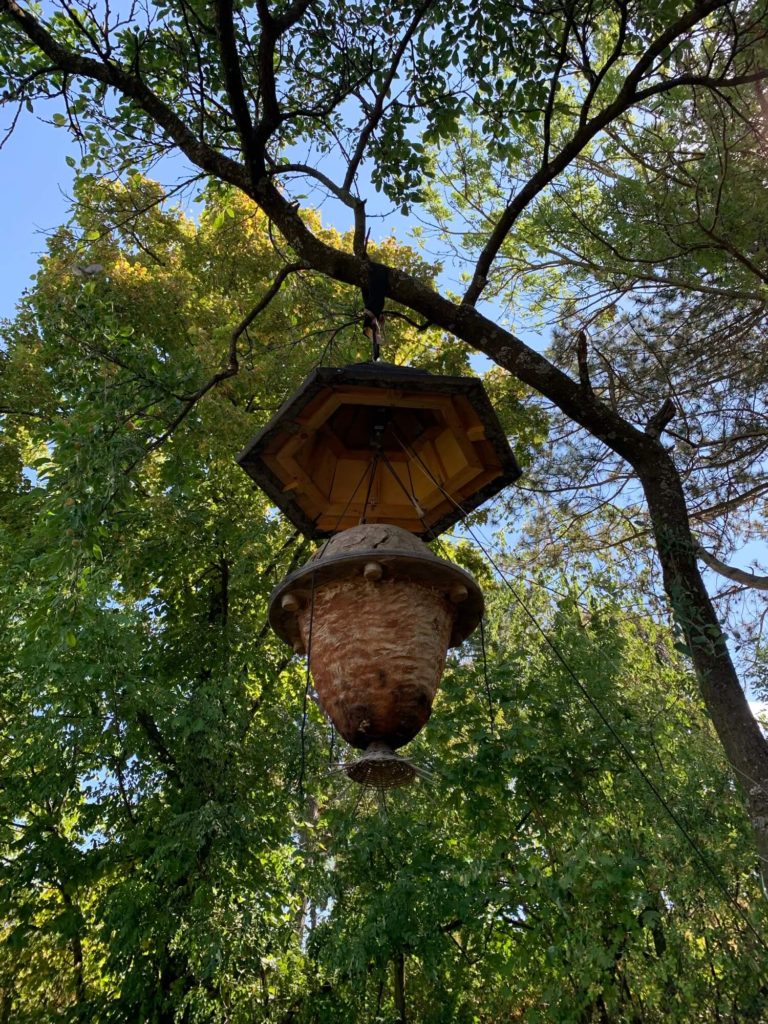

終於完成歐洲之旅,參觀了在 Dornach 的歌德館、 Stuttgart 的人智學院 和 不同的BD農場,之後會整理好資料,逐一詳細介紹

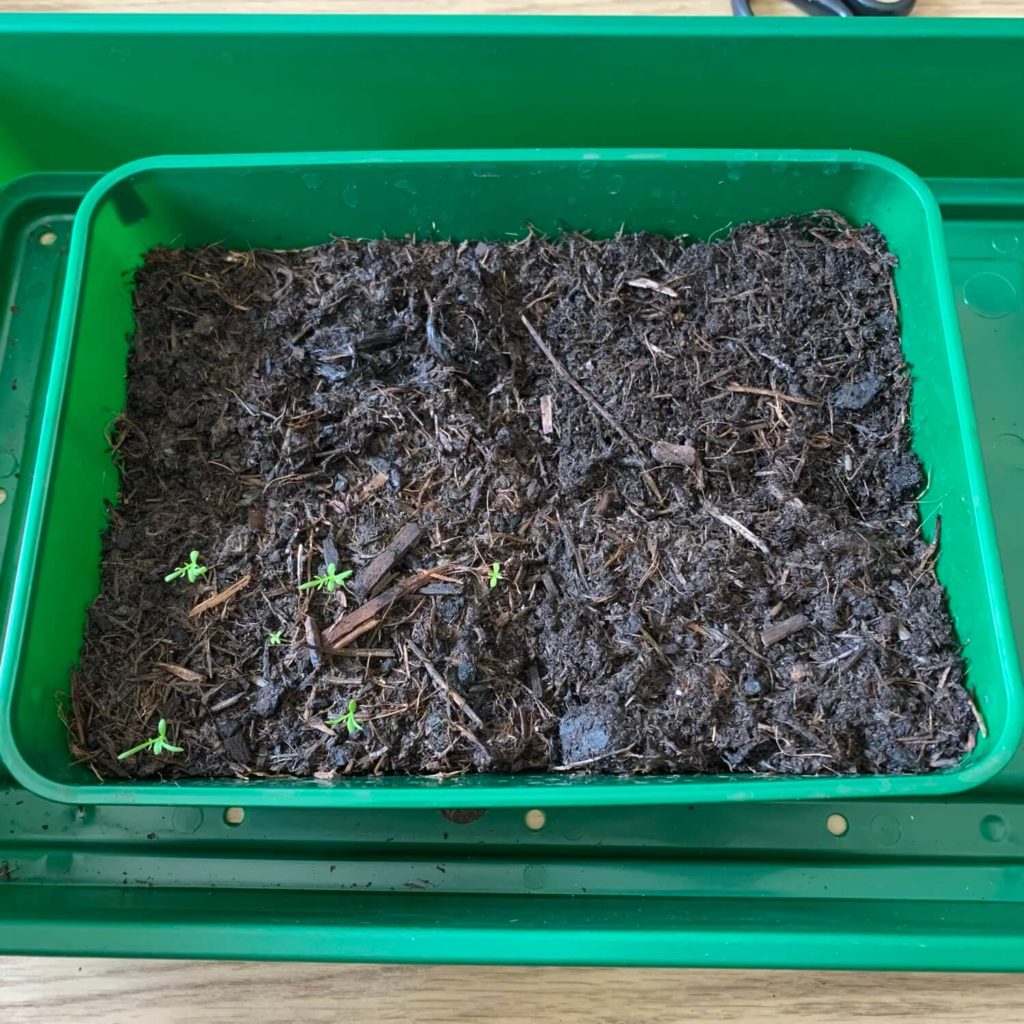
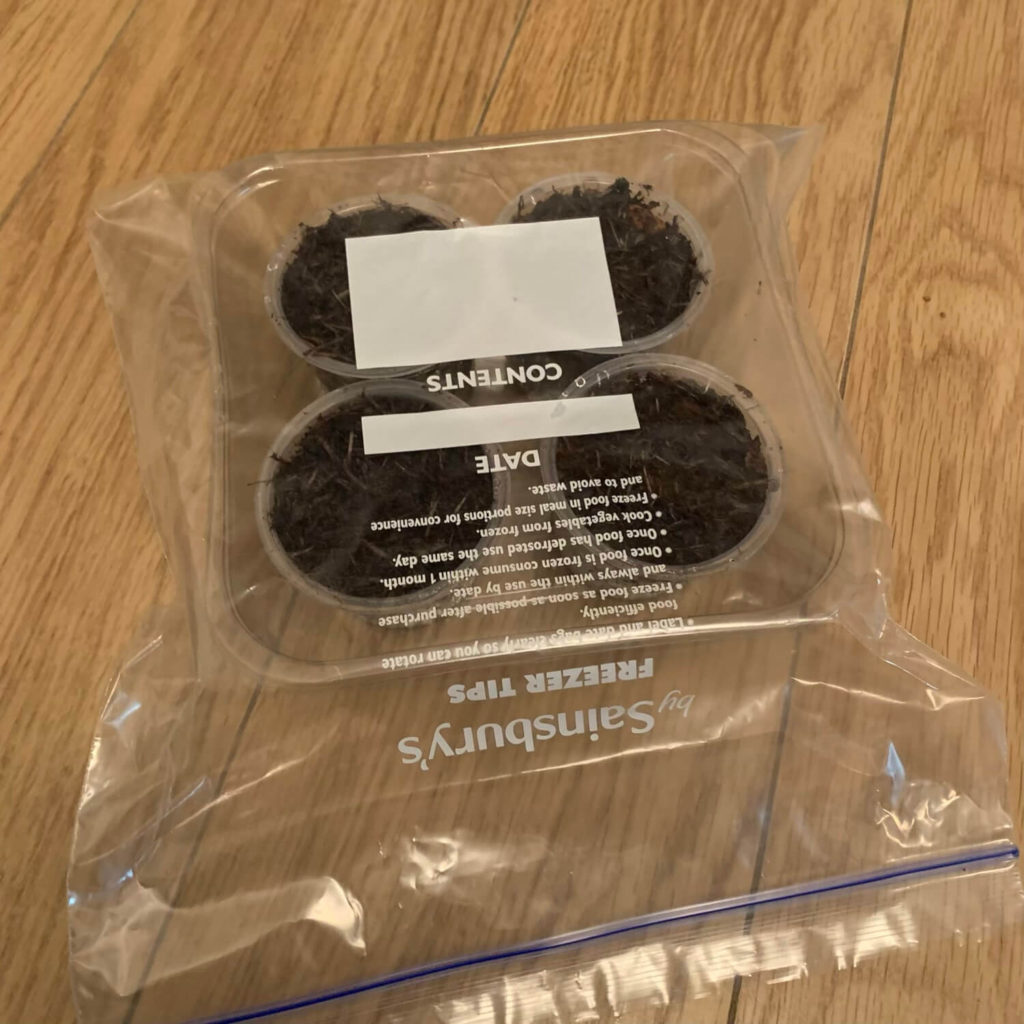
前天聽老師上年的授課,最後一課他提到 Elemental Beings 元素存有,這個我們在農耕上無形的朋友,總會在不知不覺間和我們一起合作,教導我們應對農場的問題,把環境一步一步改善。老師說他總會保留一些土地來種花,因為這會給予昆蟲和火精靈一點回饋。而他也不會把全部土地用來生產蔬菜,或把所有的蔬果全部收成,他會留下一點給予自然和動物,這樣能把環境變得更和諧,就能對元素存有給予更好的保護
以前在香港的農場,我們也一定會種花和種綠肥,當農場的花盈開時,農場的感覺便會「開心」很多,這樣回想可能就是和 elemental beings 無形的連結。而早前在這邊重新開始種植時,不知為何一開始也沒打算種菜只想種花,可能就是有種無形的暗示,這裡的花有點單調吧
那年因為提早出發離港,當時種的花還未結籽,所以有幾種花沒有種子,今年要重新買來種,幸好這邊通常會有「食用花雜錦包」,一包就有齊我想種的品種,反正這些種子外形很容易分別,正好配合這邊地方不多用量少,能省下一點金錢
另外,因為 Lemon Balm 在香港這種炎熱天氣的地方是不會開花的,只能以扦插繁殖,所以也要再買種子再培育。來過農場的朋友也可能知道,雖然同樣是 Lemon Balm,產自BD農法的香草會有特別的香氣,這是為什麼寧願付運費也要訂種子回來而不在超級市場買 Johnny 種子 (當然這也是個很好的品牌)。
培苗要注意的地方就是種子的深度,基本上越細小的種子就覆蓋得越淺,而好像 Lemon Balm 和 Chamomile 這一類細小的種子,通常要有陽光才能發芽,所以培苗時只要把種子輕輕的灑在表面,再輕輕搓一搓按一按就可以了,像圖中已發芽的 Chamomile,之前就是按這樣的做法,灑水後在日照充足的地方便能發芽
相反地,有些種子需要絕對漆黑和靜止的環境才能激發它們發芽,今次終於能買到紫錐花 (Coneflower) 試試種植,這種來自於美洲大草原的植物,需要感受過寒冬才能發芽,正常在歐洲可以秋天在露地播種,春天便會自然發芽,但由於時間嘅關係,所以今次便試一試 Cold Stratification。做法只是像平常一樣培苗,但一開始要放在雪櫃裡一個月,然後才在室温催芽,這樣才能提高發芽率。為了作比較,同時只用室温培苗不作冷處理,一個月後看看那種方法發芽率比較高
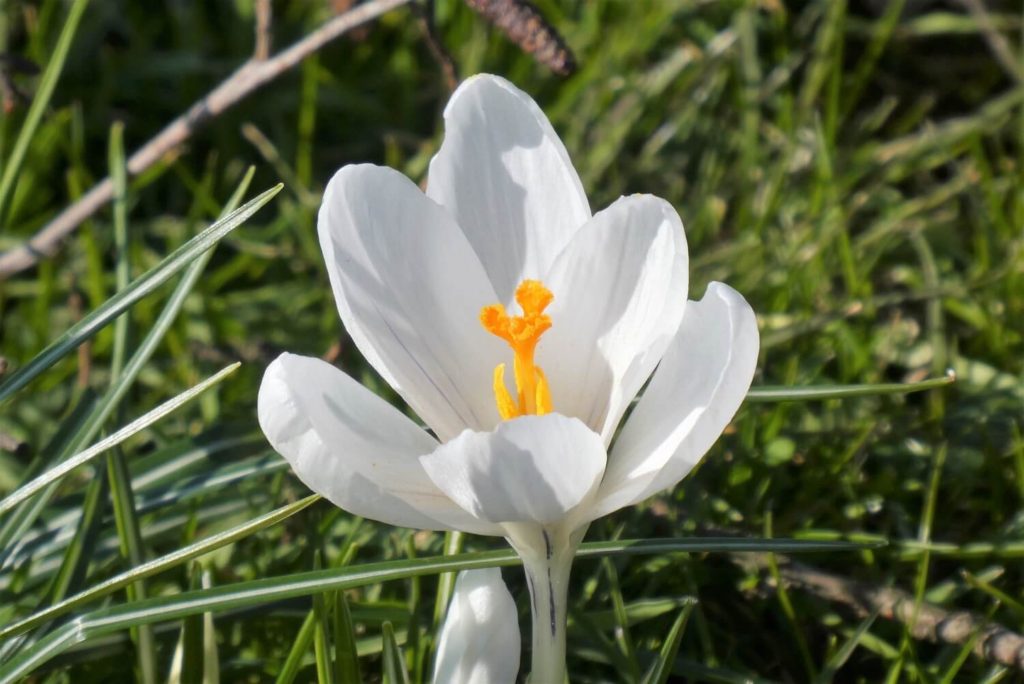
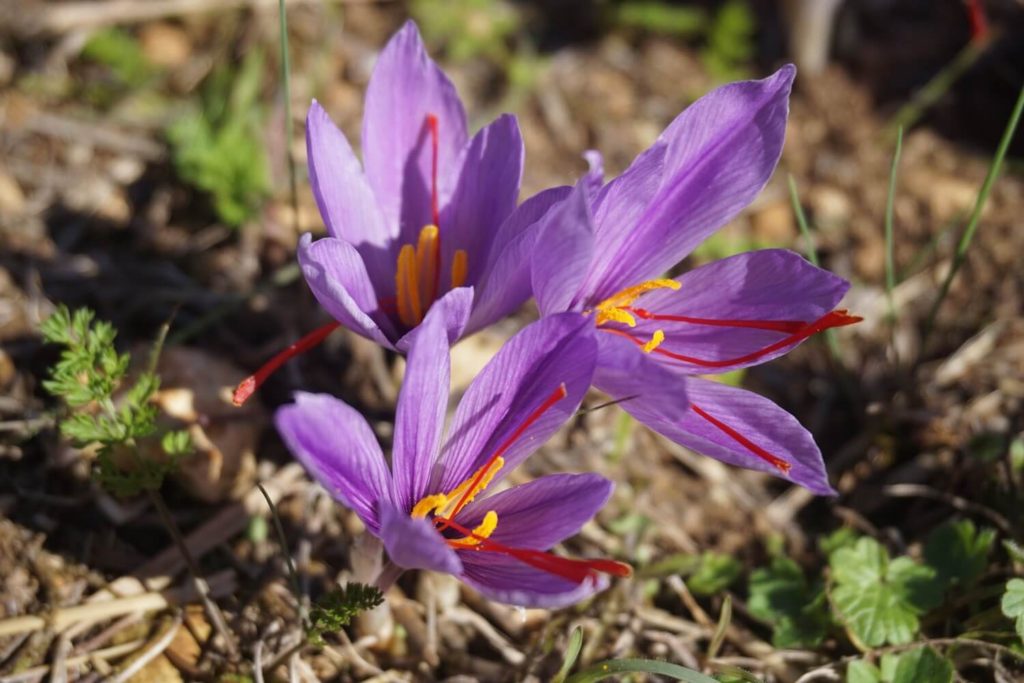
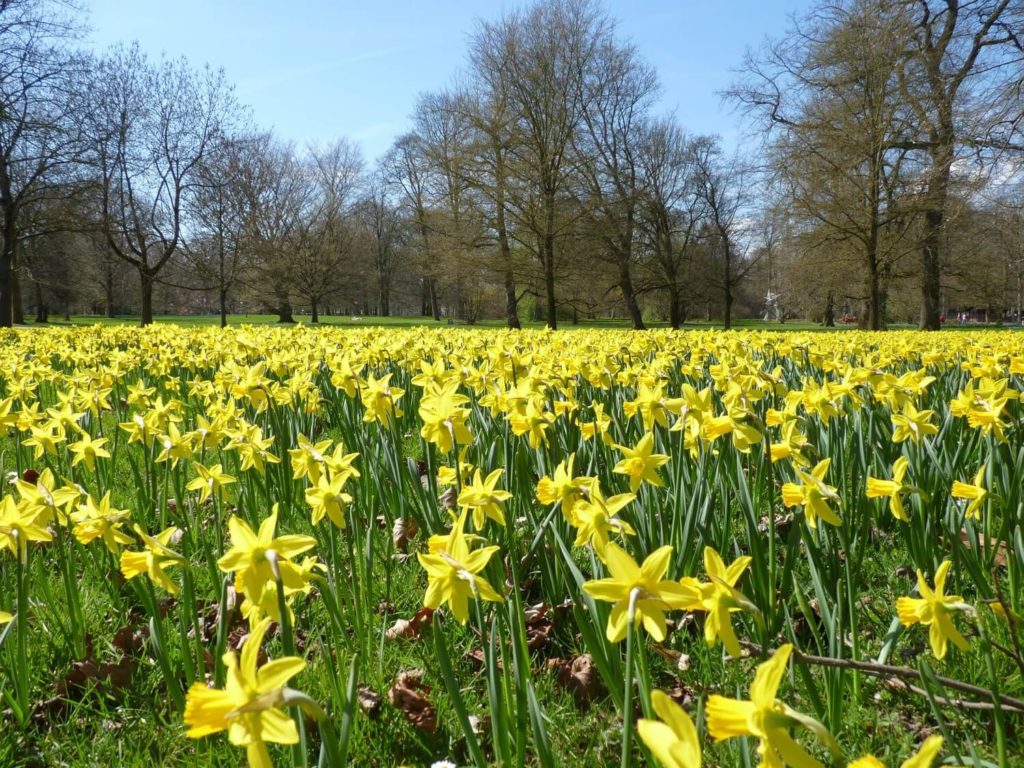
過了一年,再次感受春季才明白 Rudolf Steiner 曾經說過的一段話,他說過春天的花和秋天的花會給人的感覺會有很大分別,正正是人們心靈的寫照
在春天,黃水仙 (daffodils) 和番紅花 (crocus) 通常是在雪後最早開花的植物,春天的花那種感覺是十分純潔的。不過,如果是用來做香料的番紅花 (saffron),是秋季開花的 Autumn crocus,多了兩條紅色花蕊,感覺便完全不同了,像含有不少世俗的慾望,大家可以看圖比較一下呢,以前只看文字是不容易理解的
On the other hand let us look at the blossom. When we observe the blossom with the eye of the spirit we only experience it as our own soul, when it cherishes the tenderest desires. Only look at a spring flower; it is a sigh of longing, the embodiment of a wish. And something wonderful streams forth over the flower world which surrounds us, if only our soul-perception is delicate enough to be open to it. In spring we see the violet, maybe the daffodil, the lily-of-the-valley, or many little plants with yellow flowers, and we are seized by the feeling that these blossoming plants of spring would say to us: O Man, how pure and innocent can be the desires which you direct towards the spiritual! Spiritual desire-nature, desire-nature bathed, as it were, in piety, breathes from every blossom of spring. And when the later flowers appear — let us at once take the other extreme, let us take the autumn crocus — can one behold the autumn crocus with soul-perception without having a slight feeling of shame? Does it not warn us that our desires can tend downwards, that our desires can be imbued with every kind of impurity? It is as though the autumn crocuses spoke to us from all sides, as if they would continually whisper to its: Consider the world of thy desires, O Man; how easily you can become a sinner! Looked at thus, the plant-world is the mirror of human conscience in external nature. Nothing more poetical can be imagined than the thought of this voice of conscience coming forth from some point within us and being distributed over the myriad forms of the blossoming plants which speak to the soul, during the season of the year, in the most manifold ways. The plant-world reveals itself as the wide-spread mirror of conscience if we know how to look at it aright.
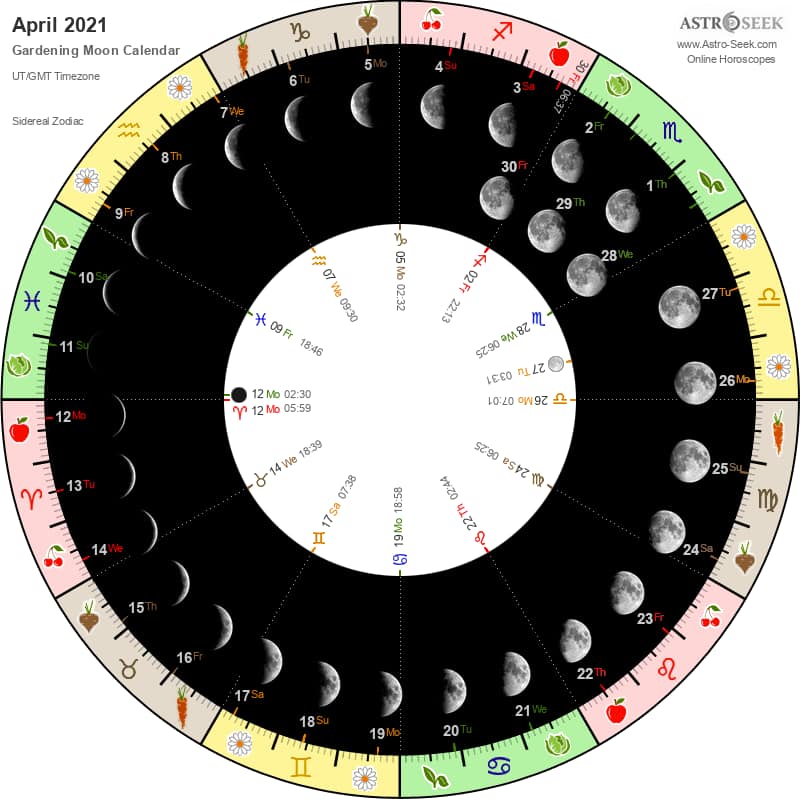
關於Biodynamic Calendar
如果近來有在線上跟Harald老師上課的朋友應該都聽到他對月亮對應十二星座的看法。以往我們都不跟從Biodynamic Calender去決定做什麼,當中一個很簡單的原因,就是「人是生,書是死」,要是死跟書上所說的去做,為什麼不好好聆聽自然,跟隨自己的直觀去做呢?當然這又回到一個根本的問題,就是人不去用心去感受,相信自己所感受而行動,而是「隨波逐流」,相信「官方」一定最好最正確。
而實際上,當明白太陽對應人的心臟,月亮對應人的頭部,其他星體對應臟腑,而太陽(心臟)在太陽系中代表著以太,吸收其他星體(臟腑)的能量,再經由太陽的鏡子 – 月亮(頭腦)轉化成地球意識,就應該明白不可單單看月亮的位置作為種植的根據呢。
(本文並非否定Biodynamic Calendar的用處)
或許應該說,不要以這個月曆作為金科玉律,而是要經過驗證去看對自己有用還是沒有用喔。